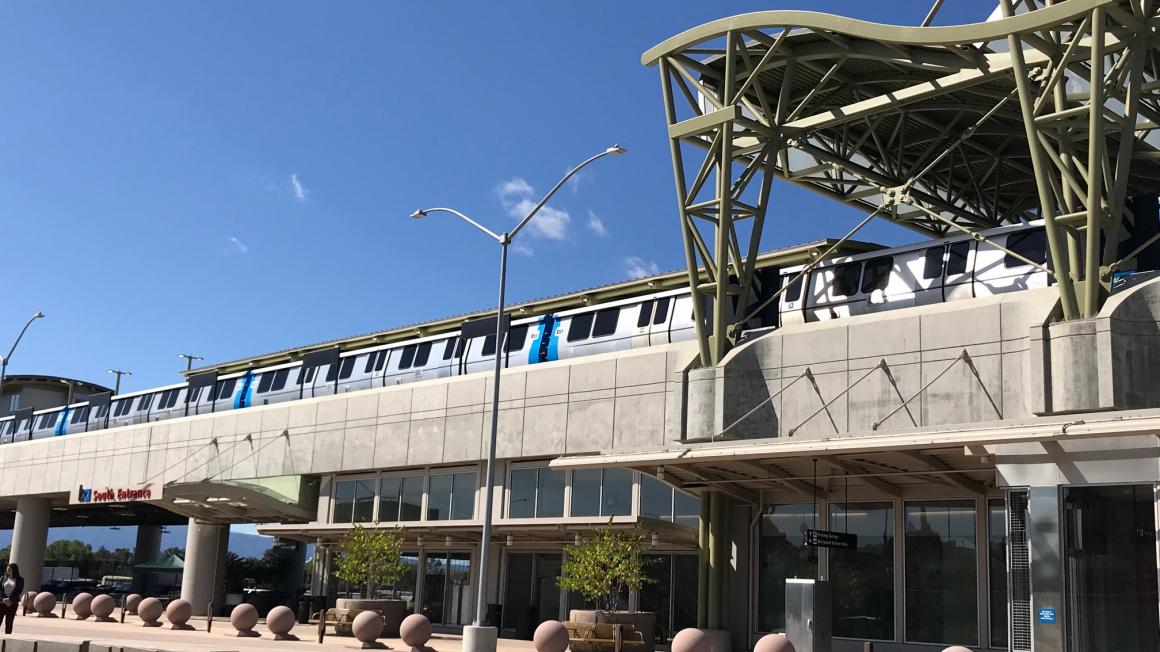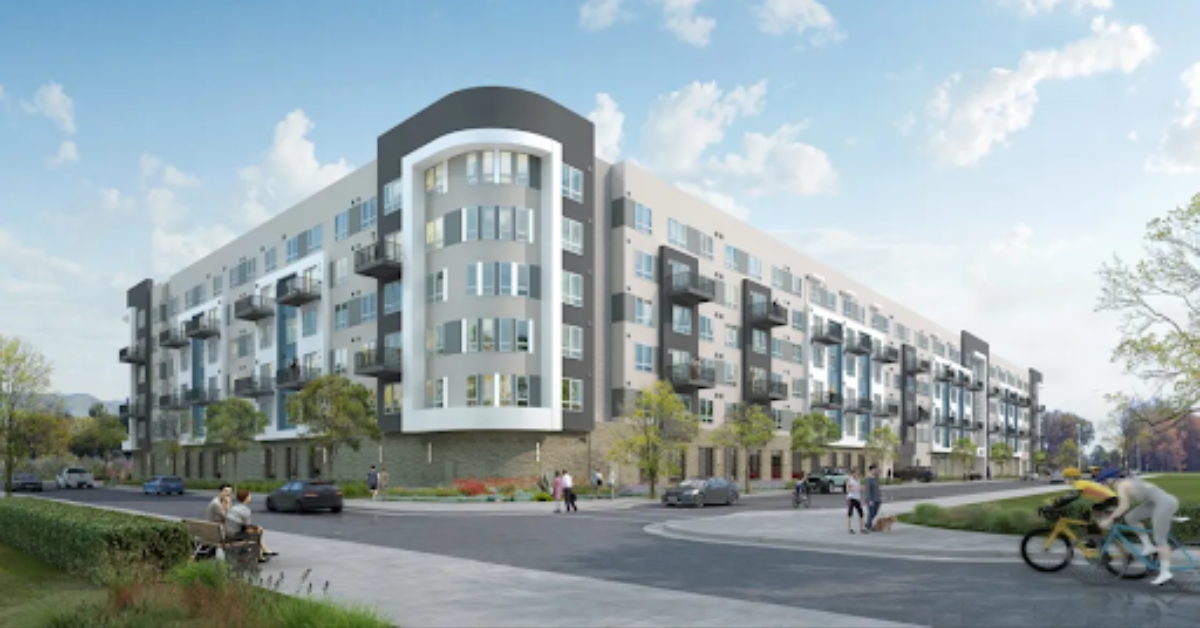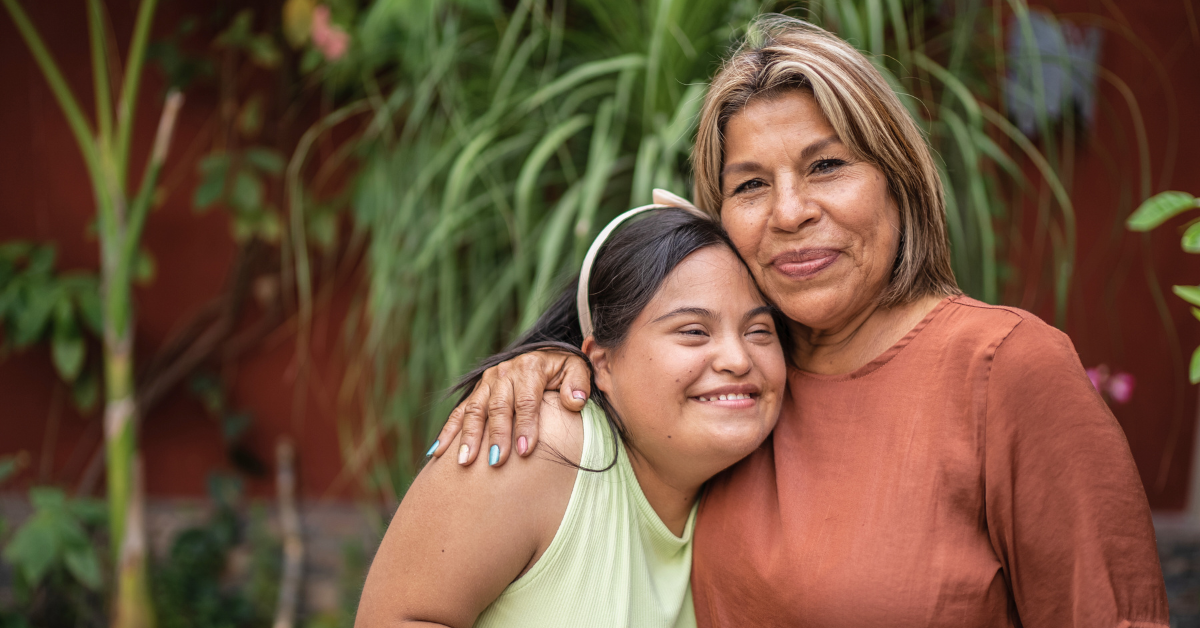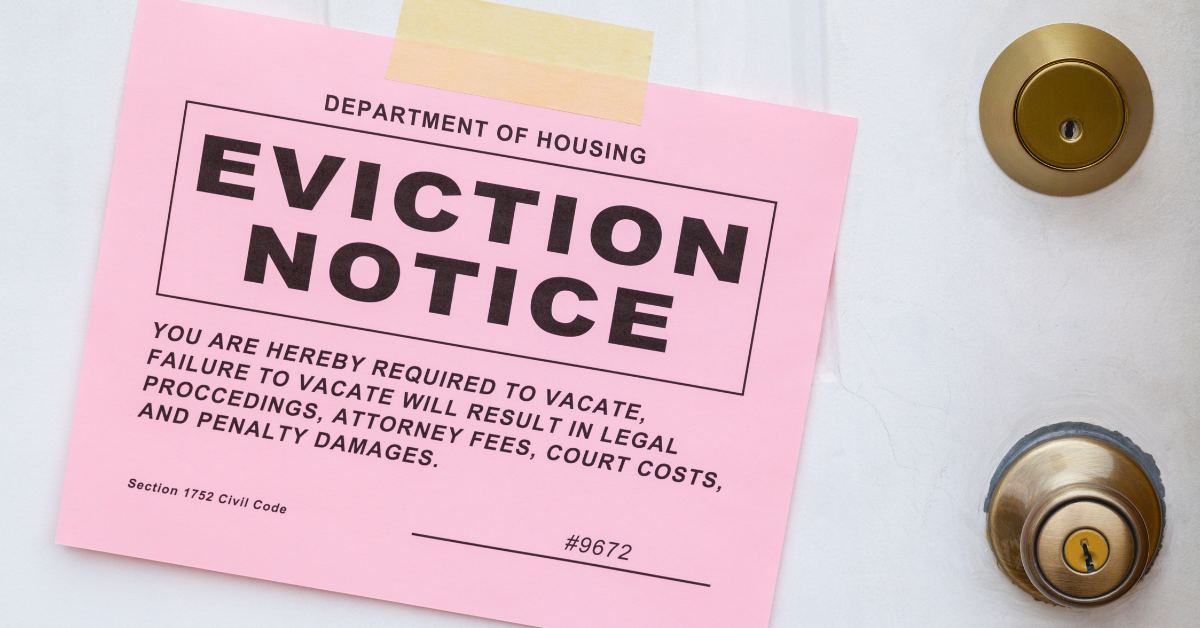Every eight years, the Regional Housing Needs Allocation (RHNA) process is used to assign each city and county in California their “fair share” of new housing units to plan for. These units of housing are intended to accommodate existing need and projected growth in the region. The RHNA process is critical because it requires all cities and counties to plan for the housing needs of their residents, regardless of income, for future growth and to ease the Bay Area’s acute housing crisis. The 6th RHNA cycle began February 1, 2023 and will run through January 31, 2031. By the time the planning cycle begins, each local jurisdiction is accountable for creating and adopting a State-approved Housing Element, the plan they will use to implement their RHNA over the next 8 years.
How the RHNA is allocated
The Housing Determination, the total number of new homes Bay Area jurisdictions need to plan for, was much higher than the last planning cycle when issued by the State’s HCD on June 9, 2020. The RHNA Methodology Committee, a group of elected officials and stakeholders from Bay Area jurisdictions who help determine how the Bay Area’s Housing Determination is allocated among the jurisdictions, released its draft methodology for the 6th cycle on September 18, 2020. The methodology for allocation has resulted in much higher allocations of lower income homes allocated to jurisdictions that are rich in high-wage jobs and good schools than in previous planning cycles.
The final version of the Regional Housing Needs Allocation (RHNA) for the 9-County Bay Area significantly lowers obligations for some cities in Santa Clara County when compared to previous versions. While the total regional number and the methodology for assigning housing production obligations to each jurisdiction has stayed the same, the Metropolitan Transportation Commission (MTC) and the Association for Bay Area Governments (ABAG) have changed their blueprint for population growth. The blueprint now plans for more growth near BART lines in the East Bay and Contra Costa County in an effort to further reduce greenhouse gas emissions. This new approach helped to satisfy some of the concerns from cities in North and West Santa Clara County that sent objections to the State and MTC/ABAG over their RHNA allocations. Nevertheless, all cities in the region will see increased numbers over the last RHNA period. Learn more about RHNA Methodology.
RHNA Allocations for the 2023-2031 Cycle
Twenty eight ABAG jurisdictions appealed their draft allocations by the July 9, 2021 deadline. In Santa Clara County, Los Altos, Monte Sereno, Palo Alto, Saratoga, Los Altos Hills, and Unincorporated Santa Clara County appealed their draft allocations.
On November 12, 2021, the ABAG Administrative Committee ratified a written final determination on each appeal submitted by jurisdictions in the Bay Area region. The Committee denied all appeals, with the exception of the appeal submitted by the County of Contra Costa, which resulted only in small adjustments to the final allocations for Contra Costa County and Pittsburg.
See below for the final allocations for Santa Clara County jurisdictions:

In January of 2023, about a year after local jurisdictions are given their final RHNA numbers, the local planning process will culminate in the Housing Element. This is a pivotal document that serves as a Constitution for land use planning and accounts for how and where the jurisdiction will accommodate allocated housing units. It must identify adequate sites for all types of housing, including emergency shelters, rental housing, and ownership housing. Learn more about the RHNA timeline.
Santa Clara County: Countywide RHNA Progress as of December 2022

Unfortunately, many cities and counties regularly fall short of their RHNA targets, as the Bay Area’s housing crisis continues to grow. Each spring, jurisdictions are required to provide an Annual Progress Report to show how effective their efforts have been in achieving housing development targets by income level. You can view the progress of your local jurisdiction on our Cities & Public Agencies pages, or view a table that compares the RHNA progress of all the Santa Clara County jurisdictions. You can also view a series of graphs that compares cities’ RHNA progress by income level. Ensuring cities and counties are creating well-planned, feasible Housing Elements is key to ensuring affordable housing targets are met.
Progress toward target allocations is measured by the number of permits each jurisdiction has issued for housing units at each income level during the planning period. It is important to note that the Housing Element is a planning document, and does not require local jurisdictions to ensure that the housing allocation is actually built. Recently, housing-forward legislation has been passed in California intended to remove roadblocks and streamline the permitting process at the local level for projects that comply with the Housing Element.
ABAG 2023-2031 RHNA Process
The RHNA process is lengthy and occurs in stages over the course of nearly three years. Understanding how the process works allows advocates to identify the best times to act in support of feasible plans that will result in more affordable housing being built. Learn more about the RHNA timeline.
Using demographic information from the California Department of Finance, the California Department of Housing and Community Development (HCD) assesses how many units of housing are needed at each income level in each region. They deliver this Regional Housing Needs Determination to each region’s planning body, a group of elected officials from around the region that form a council of governments. The council of governments responsible for the 9-county Bay Area’s RHNA process is the Association of Bay Area Governments (ABAG).
In Spring of 2020, HCD gave ABAG the Regional Housing Needs Determination, the number of units of housing needed at each income level in the Bay Area Region. In October 2020, ABAG’s Housing Methodology Committee presented the proposed RHNA Methodology for allocating housing unit targets to ABAG and the public for review, input, and planning. The methodology sets priorities for how housing is allocated, using standards such as access to High Opportunity Areas and proximity to jobs. The draft methodology was sent to HCD for review in Winter 2020.
The final RHNA methodology was received in March of 2021, and used to create a draft allocation of housing units at each income level for every city and county shown in the chart above. Any appeals from local jurisdictions were required to be submitted by July 9, 2021, and the allocation was made final in December of 2021.
Based on the final RHNA numbers, each local jurisdiction must create a new Housing Element, usually at least somewhat based on the previous Element. The Housing Element, part of the jurisdiction’s General Plan, is written every eight years. The sites in the Housing Element’s inventory must be zoned appropriately to hold all the units of housing allocated, and create economically feasible development opportunities. However, sometimes sites are included in a site inventory that may appear to be feasible, but are not. Advocates for affordable housing can learn about Evaluating a Housing Element for Feasibility, which can be an effective way of holding local jurisdictions accountable for creating a Housing Element that works.
SV@Home has developed a comprehensive set of policy positions for Housing Elements that jurisdictions can use to design Housing Elements that accelerate progress toward RHNA goals and ensure safe, equitable housing for every Bay Area resident.
Income level categories
Income level categories are determined by the US Department of Housing and Urban Development (HUD). To account for variations on median income in different areas of the country, they are based on the median income in each specific area, or AMI.
VLI = Very Low Income: 0-50% of AMI
LI = Low Income: 51-80% of AMI
Mod = Moderate Income: 81-120% of AMI
Above Mod = Above Moderate Income >120% of AMI[spacer height=”20px”]

The Housing-Transit Connection
Since housing and transportation needs are so closely linked, the RHNA is required to be consistent with the growth pattern from the region’s long-range land use and transportation plan, Plan Bay Area. It serves as a policy and investment roadmap for the region, focused on four key issues: the economy, the environment, housing, and transportation. Plan Bay Area 2050 prepares for how the region will grow and how it can support that growth with new infrastructure.
Additional Resources:
Association of Bay Area Governments (ABAG): RHNA- Regional Housing Needs Allocation
California Department of Housing and Community Development (HCD): Regional Housing Needs Allocation and Housing Elements
ABAG: Regional Housing Needs Determination Fact Sheet
HCD: Final Regional Housing Need Determination for the 6th RHNA Cycle



